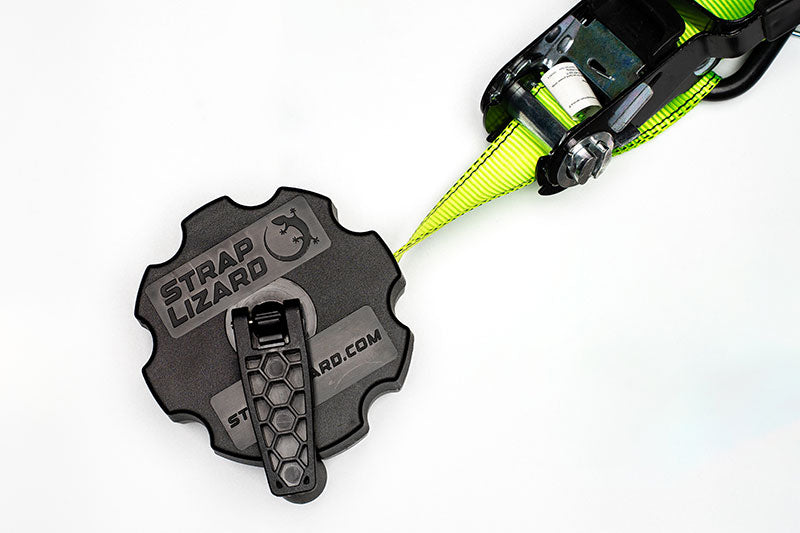Eight Ways to Care for Your Ratchet Straps
Ratchet straps are an indispensable tool for securing cargo during transportation, ensuring a safe and stable journey. To maximize the lifespan and effectiveness of your ratchet straps, it's crucial to implement a regular maintenance routine. Here are eight practical tips to care for your ratchet straps and keep them in top-notch condition.
1. Clean them regularly
Cleaning your ratchet straps regularly is essential to maintain the integrity of your ratchet straps. Start by spraying them down with water and allowing them to air dry. For stubborn dirt, use a mild detergent mixed with warm water and a scrub brush. Pay special attention to the ratchet mechanism, ensuring it's free of any debris. Before storing, make sure the straps are completely dry, and use compressed air to blow out any water that may have entered the ratchet mechanism to avoid the potential for rust.
2. Keep them out of the sun
Prolonged exposure to the sun’s UV rays can break down the fibers of your ratchet straps causing discoloration and weakening them over time. Store your straps in a closed container such as a toolbox, under your seat, or invest in a specialized accessory like Strap Lizard to protect them from the sun's harmful rays both during use and in storage.
3. Keep them away from salt, oil, and other chemicals
Chemicals like salt and oil can deteriorate the quality of your ratchet straps. During storage, ensure your straps are contained and consider using accessories like the Strap Lizard to keep them off the floor of your garage or shop. This helps prevent contact with damaging substances, preserving the strength and durability of your straps.
4. Effectiveness of Straps
Continual exposure to highway speeds can cause straps to fray, compromising the effectiveness of your straps over time. Consider using Strap Lizard to keep the ends from flapping in the wind so you can avoid unnecessary wear and tear.
5. Keep them dry
Prolonged exposure to moisture can weaken the fibers of your ratchet straps causing them to wear out prematurely. And if regularly exposed to freezing temperatures, ice buildup can make them brittle. If your straps do happen to acquire mildew, clean them using a chlorine or vinegar-based cleaner to maintain the strength of the straps and prevent potential damage.
6. Lubricate the ratchet
Maintain the smooth operation of the ratchet mechanism by lubricating it regularly. Apply a silicone-based lubricant to the gears and pawls, following the manufacturer's recommendations. Ensure that the lubrication doesn't come into contact with the straps. Avoid using solvent-based products as their lubricating characteristics are short lived.
7. Avoid Overloading
One of the most common reasons for ratchet strap failure is overloading. Exceeding the specified weight capacity of your straps can lead to irreversible damage and compromise their ability to secure cargo safely. Always check the working load limit (WLL) indicated on the straps and select the appropriate ones for your load. If you frequently transport different weights, consider investing in a variety of straps with varying WLLs to accommodate your diverse hauling needs.
8. Inspect for damage regularly
Regular inspections are crucial for identifying and addressing potential issues before they escalate. Check the entire length of the straps for signs of wear, fraying, or damage. Pay special attention to the ratchet mechanism, ensuring it operates smoothly. Addressing damage promptly ensures the safety and reliability of your ratchet straps during transportation.
These eight practical ratchet strap maintenance tips can extend the lifespan and maintain the effectiveness of your ratchet straps. A little care and attention go a long way in ensuring the safety of your cargo and the longevity of your valuable ratchet straps.




